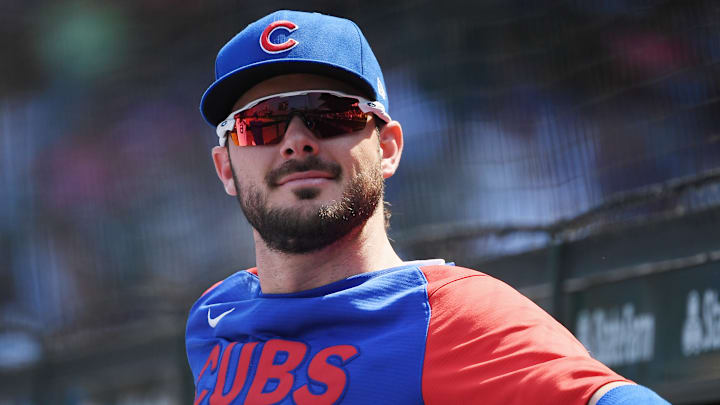Question One: College or High School?
The Cubs have had more success with their first-round picks over the last twenty years than a majority of teams in the league. In fact, as of the time of this writing, the Cubs' first-round picks from 2003 until 2019* (we're not including Ed Howard, Jordan Wicks, and Cade Horton because they haven’t had the time to matriculate to the majors) have earned an even 150 WAR.
They’ve drafted sixteen players out of college and seven out of high school, and they’ve skewed slightly in favor of hitters rather than pitchers.
College or HS | Bat or Arm | WAR | Total Players | Average WAR |
|---|---|---|---|---|
College | Arm | 12.8 | 6* | 2.133333 |
College | Bat | 108 | 8 | 13.5 |
HS | Arm | 1 | 2 | 0.5 |
HS | Bat | 28.2 | 4* | 7.05 |
*not including 2020 SS Ed Howard, 2021 LHP Jordan Wicks or 2022 RHP Cade Horton
Regardless of whether you are looking at average WAR, highest overall WAR, or highest individual player WAR, the way the Cubs have had the most success is by drafting college players rather than high school players.
Even with the profound success of Javier Baez, who was drafted out of Arlington Country Day School in 2011, he’s only earned the third-highest WAR amongst players drafted in the first round by the Cubs, with the other two players both being college bats.
The Cubs haven’t spent many first-round picks on high school pitchers, only doing so twice in the last twenty years. Of those two, one never got above AA and the other is Paul Blackburn who is currently the “Ace” of arguably the worst team in baseball history.
There is an argument to be made that there isn’t a large enough sample size to say that drafting high school players is an inherently dangerous thing to do. To that, I would point to the fact that of the six high school players that are referenced in the chart above, (not including Ed Howard) two of them never made it to the major leagues at all. That’s a 66% success rate where success is just making the league. We won’t get into whether or not Josh Vitters, Albert Almora, or Paul Blackburn have had “successful” careers.
Of the 14 college players referenced in the chart above, two haven’t made it to the league yet and one of them is 2019 first-round pick Ryan Jensen. That’s an 86% success rate.
Beyond that, based on average WAR the college position players the Cubs drafted earned an average of 13.5 WAR whereas the high school position players earned an average of 7.05. The college pitchers earned an average of 2.1 WAR and their high school counterparts averaged 0.5.
Not only were both the college hitters and pitchers more likely to make the Majors than the high school players, but once they were in the league they were considerably more successful.
